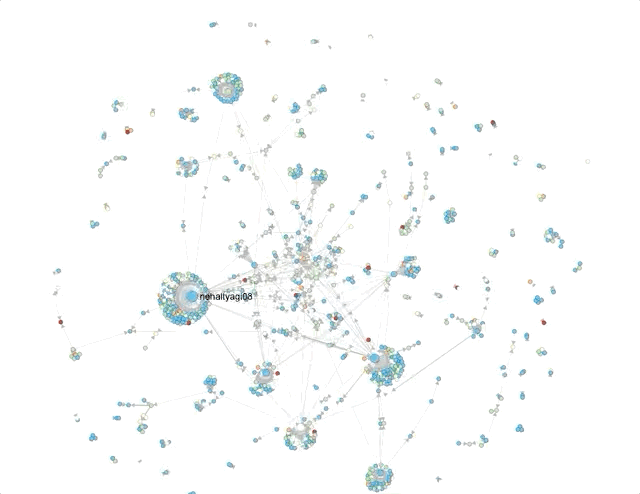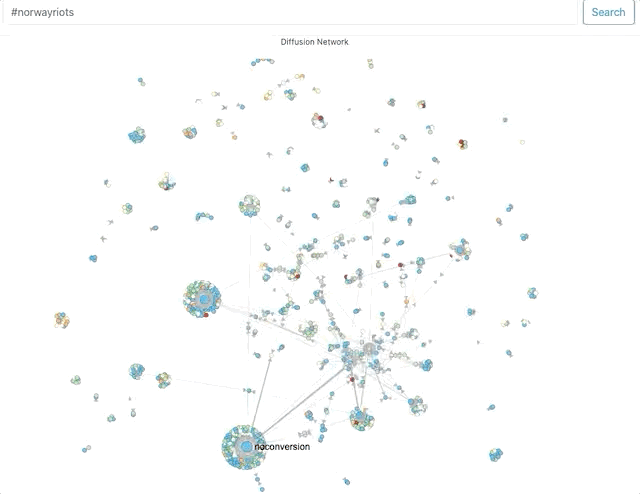Drilling Into Indian Twitter's Interest in Sweden's Violent Riots
This article appeared in TheWire.Over last weekend, hashtags such as SwedenRiots, NorwayRiots and WeAreWithSweden were trending on Twitter in India.This may have seemed surprising, but if anyone spent a few minutes looking at the content that was being shared, it became painfully obvious why this was happening.A cursory Twitter search showed that many accounts which typically share India-centric majoritarian content were actively participating in the conversation, with plenty of local references to recent violence in Delhi and Bengaluru.A more extensive examination using a combination of tools like Hoaxy, Twitter’s Advanced Search feature and APIs allowed us to dig in a little bit further.
In parallel, let’s also keep in mind the framework of Dangerous Speech, which can be defined as ‘any form of expression (e.g. speech, text, or images) that can increase the risk that its audience will condone or commit violence against members of another group.’
First, using Hoaxy, I attempted to get a sense of network clusters for these hashtags. Now, Hoaxy samples tweets, so its results should be considered indicative.

 The size of the circles and density of clusters around it represent the amount of engagement (retweets, mentions, quote) an account receives.The names that the visualisations throw up help corroborate, to an extent, what the Twitter search suggested – that a lot of the activity on these hashtags was being driven by accounts that associate themselves with pro-Hindutva narratives.Where did they come from?Next, I used Twitter’s API to capture around 60,000 tweets across these 3 hashtags on August 29 and 30. Approximately 30,000 unique accounts shared content using at least one of these 3 hashtags. It is not uncommon for accounts not to include location data. For these hashtags, typically 40% did not (For context: I’ve typically seen this number vary between 45 and 60%).In the doughnut charts below – which plot the number of tweets by location for the remaining accounts – the predominance of Indian locations is visible.
The size of the circles and density of clusters around it represent the amount of engagement (retweets, mentions, quote) an account receives.The names that the visualisations throw up help corroborate, to an extent, what the Twitter search suggested – that a lot of the activity on these hashtags was being driven by accounts that associate themselves with pro-Hindutva narratives.Where did they come from?Next, I used Twitter’s API to capture around 60,000 tweets across these 3 hashtags on August 29 and 30. Approximately 30,000 unique accounts shared content using at least one of these 3 hashtags. It is not uncommon for accounts not to include location data. For these hashtags, typically 40% did not (For context: I’ve typically seen this number vary between 45 and 60%).In the doughnut charts below – which plot the number of tweets by location for the remaining accounts – the predominance of Indian locations is visible.

Location of accounts for SwedenRiots

Location of accounts for WeAreWithSweden

